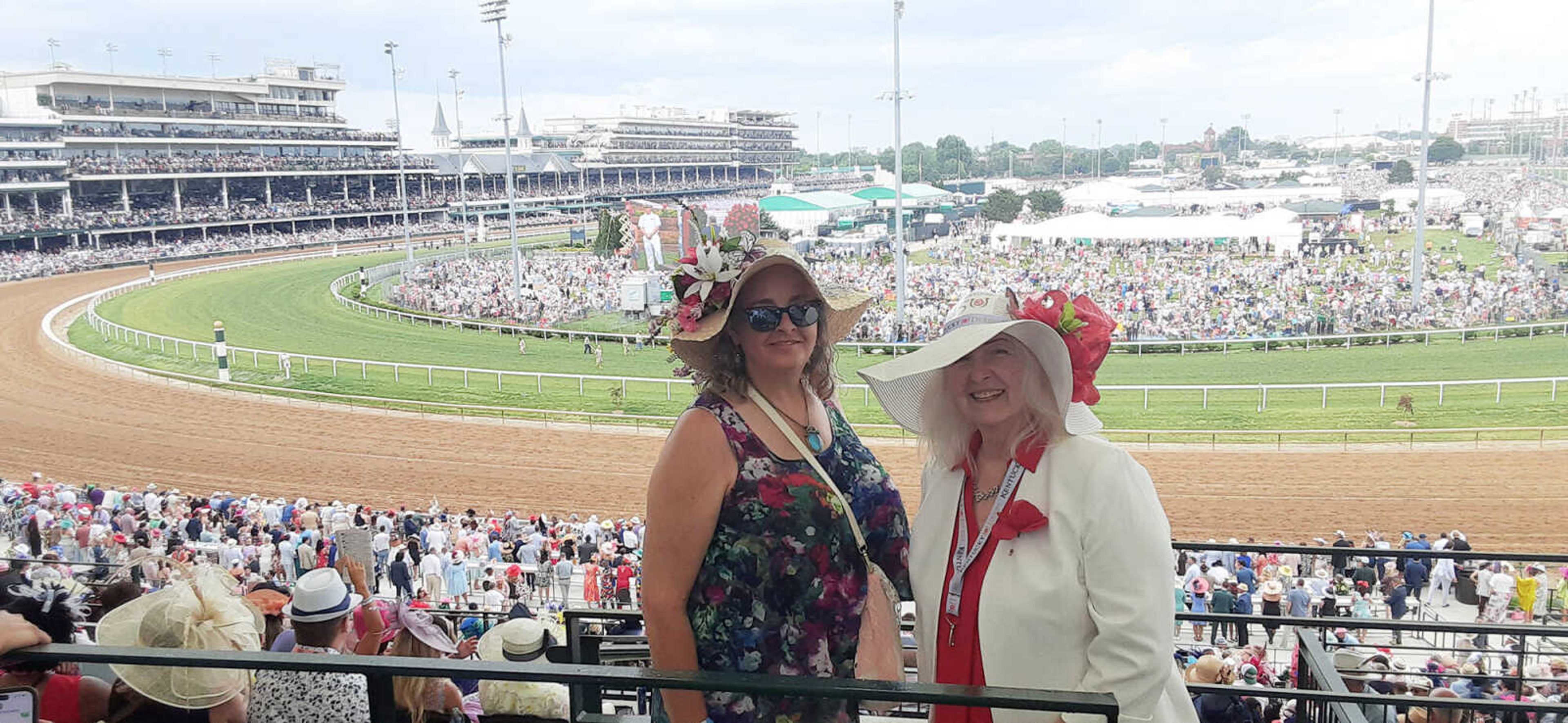Save a Life: Join the Be the Match Bone Marrow Registry
You can help save a life by joining the Be the Match Registry®, the national registry of bone marrow donors. The Cape Girardeau County Area Medical Society Alliance will hold two bone marrow registry drives -- Friday, Jan. 24, in the Indian Room at the University Center on the Southeast Missouri State University campus and the other on Saturday, Jan. 25, in the JCPenney wing at West Park Mall. Hours are 10 a.m. to 2 p.m. on both days. SoutheastHEALTH is the Presenting Sponsor...
You can help save a life by joining the Be the Match Registry®, the national registry of bone marrow donors.
The Cape Girardeau County Area Medical Society Alliance will hold two bone marrow registry drives -- Friday, Jan. 24, in the Indian Room at the University Center on the Southeast Missouri State University campus and the other on Saturday, Jan. 25, in the JCPenney wing at West Park Mall. Hours are 10 a.m. to 2 p.m. on both days. SoutheastHEALTH is the Presenting Sponsor.
Willing to Donate
The entire registry process takes about 15 minutes and includes four cheek swabs. "There is nothing invasive at all," says the Alliance's Beth Daugherty.
To join the registry, you must be between the ages of 18 and 44, be willing to donate to any patient in need and meet a few simple health guidelines. Research shows that cells from younger donors lead to more successful transplants. That's because younger donors produce more and higher quality cells than older donors.
There's no cost for individuals to join at these drives. It costs the Be the Match organization, which is operated by the National Marrow Donor Program, $100 to tissue type a single donor. Groups such as the Medical Alliance and its sponsors help pay the expenses.
Since 2011, the Medical Society Alliance bone marrow drives have registered 287 potential donors.
Saving a Life
"When you join, you join for life," Daugherty explains. "You may never be called, but you also may be the only one on the registry who can save a particular person's life."
Denise Mosley, account executive for the Be the Match regional office in St. Louis, says about 75 percent of the time, the marrow can be donated through blood donation, similar to donating platelets or plasma. The remainder of the time the donation is handled through surgical extraction of the bone marrow under general anesthesia.
A Perfect Match
Bryan Drury of Cape Girardeau recently donated bone marrow to his sister Ladonna who is battling leukemia and has undergone chemotherapy treatments. Drury notes that he was the only one of Ladonna's six siblings who proved a perfect match.
Drury says he was able to provide bone marrow through a blood donation in an outpatient setting in St. Louis. The process was painless, he says.
Normally, blood is taken out of one arm, filtered and then returned into the other arm. In his case, he had to have two ports installed. The blood then was taken out of one port and filtered to remove the stem and white blood cells before being circulated back into his body.
"I just sat there for four hours," he says of the actual donation. "I never felt anything. I just sat there and watched TV."
Drury says his sister, who had the transplant late last month, feels better even as doctors continue to monitor her health.
He encourages others to join the donor Registry to help others battling life-threatening diseases. "That is the best thing you can do," he notes.
Donors Needed
Be the Match's Mosley explains that patients need donors who are a genetic match. Donors with diverse race or ethnic backgrounds are particularly needed, she says. Donors and patients who share the same ancestry are more likely to match. Mosley says that fact is reflected in the organization's new slogan, "The Cure for Blood Cancer Looks Just Like You."
Thousands of patients with leukemia, lymphoma, severe sickle cell and other life-threatening diseases need marrow transplants. Seventy percent of those patients depend on the Be the Match Registry to find an unrelated bone marrow donor, Mosley notes.
"The registry saves lives," she says. But even with a registry of more than 10 million people, she adds, there are still patients in need of a donor match.
Want to Help Save a Life?
Call 573-979-3460 to learn more about the upcoming bone marrow registry drives.
Connect with the Southeast Missourian Newsroom:
For corrections to this story or other insights for the editor, click here. To submit a letter to the editor, click here. To learn about the Southeast Missourian’s AI Policy, click here.











